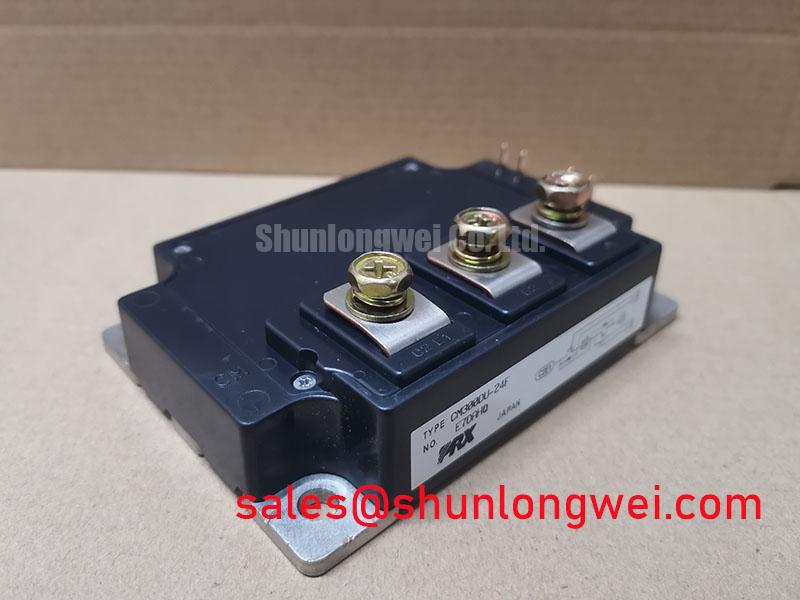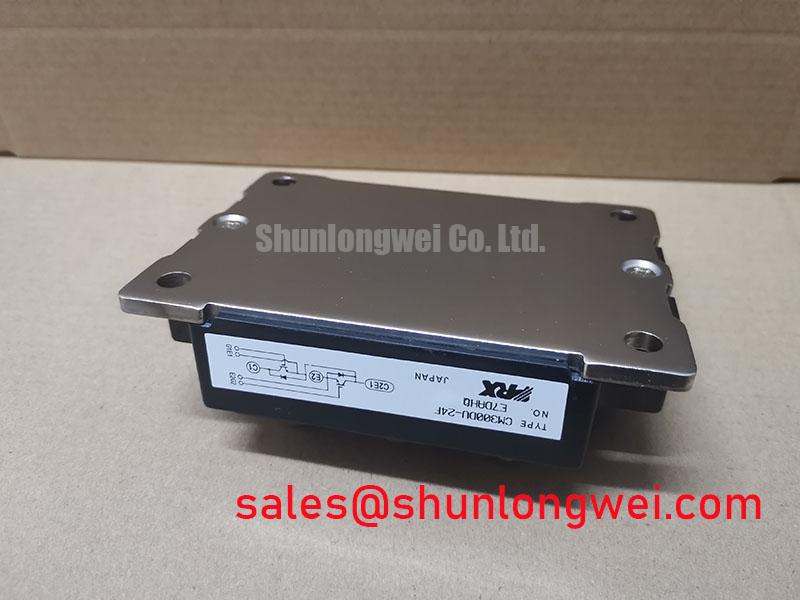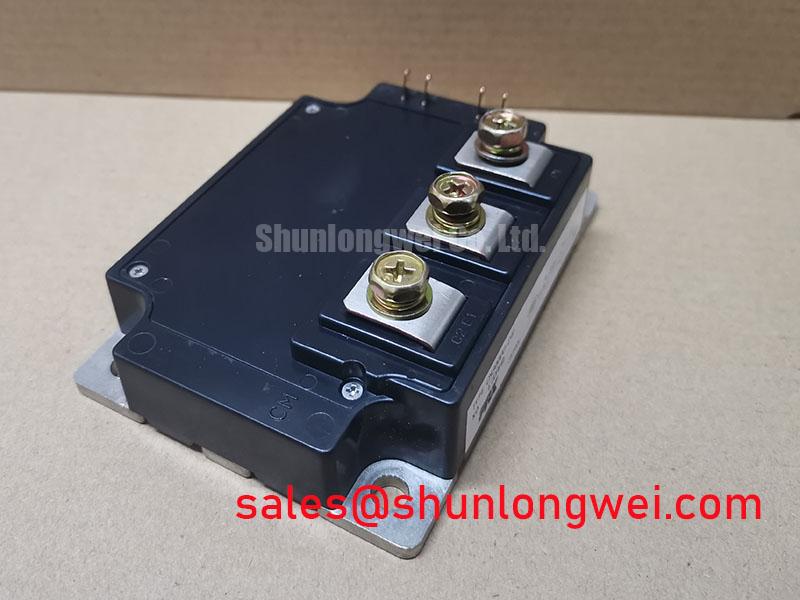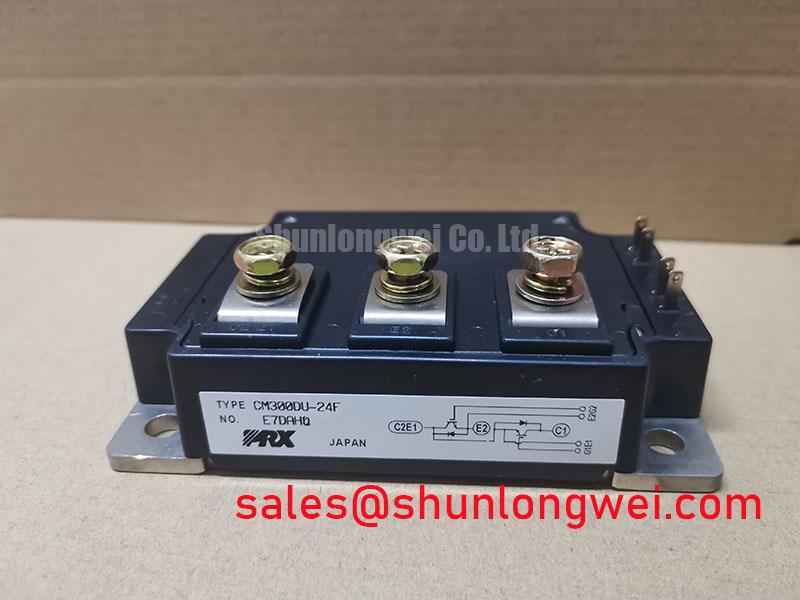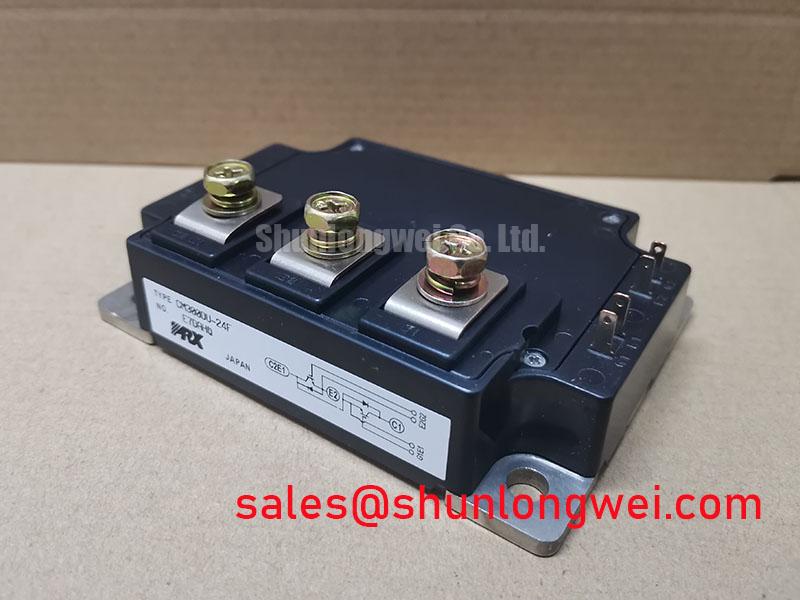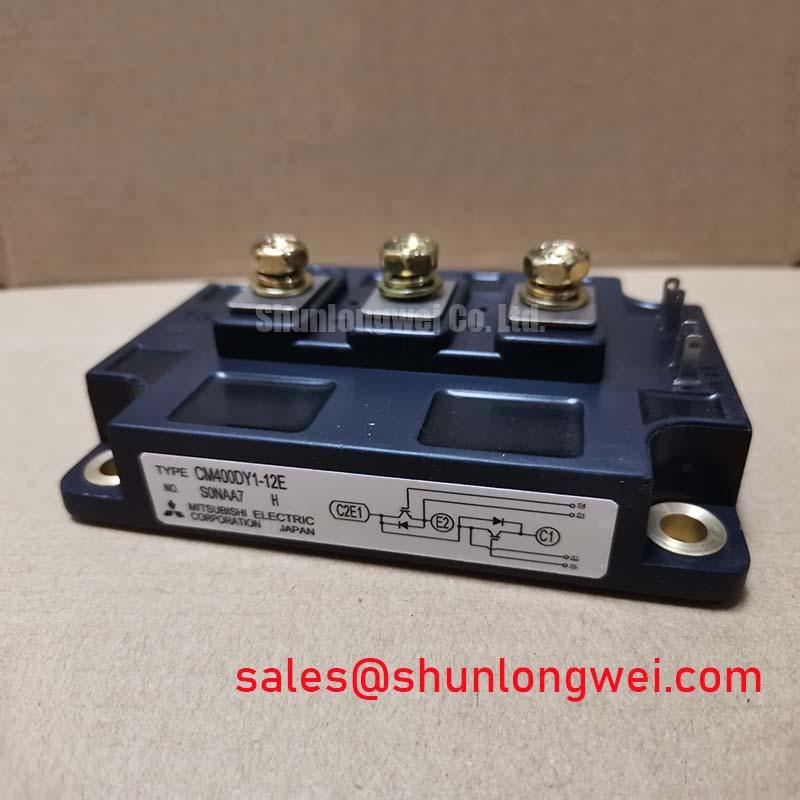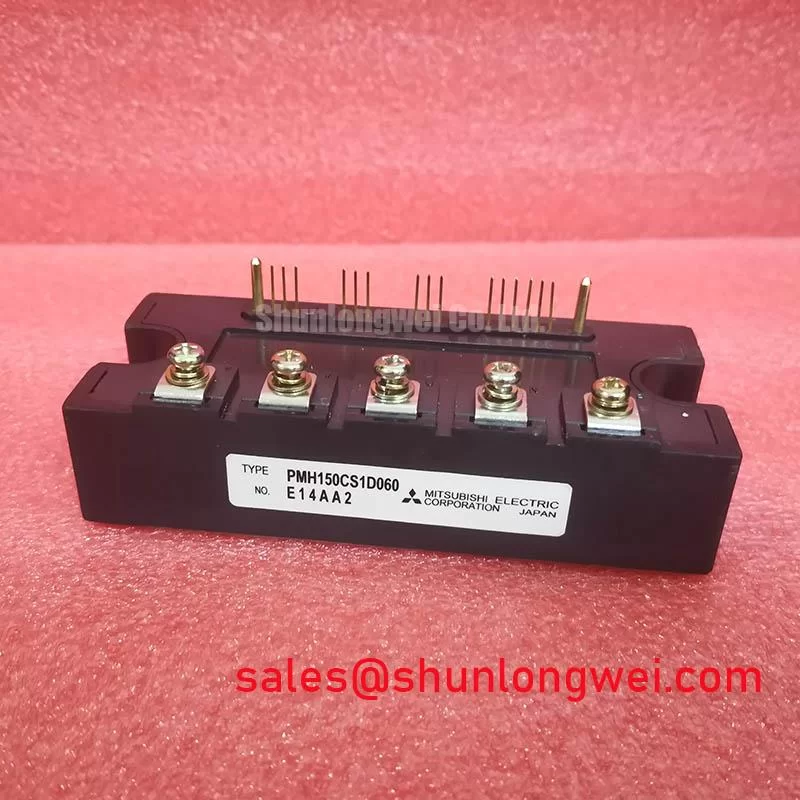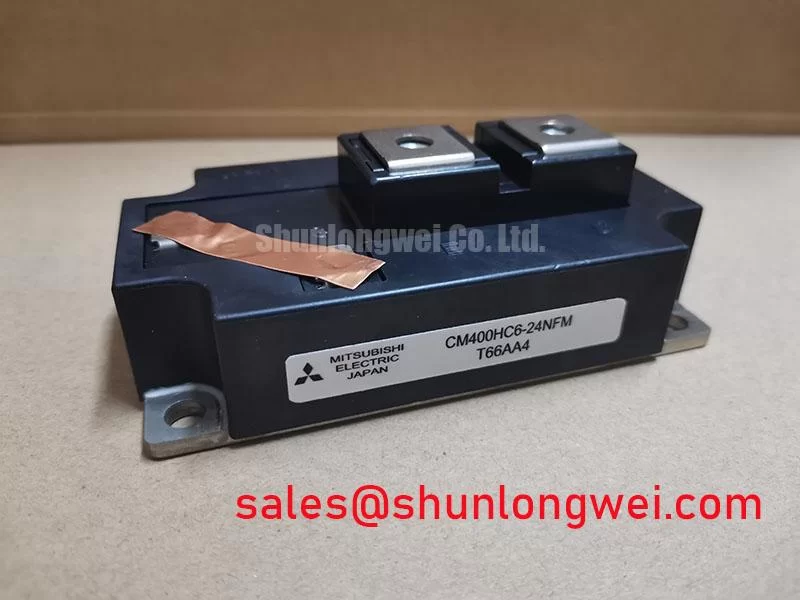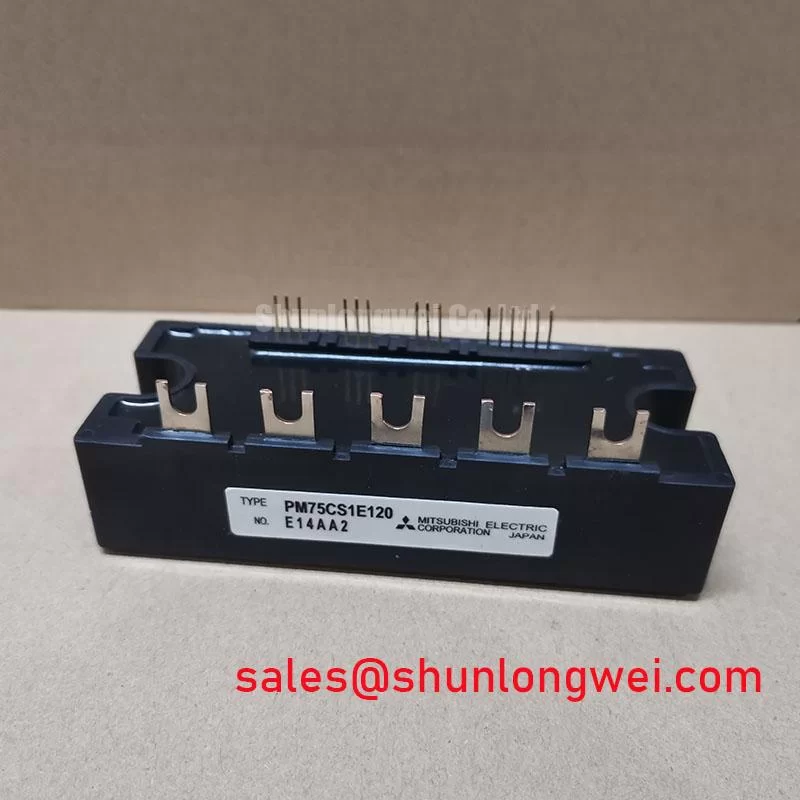Content last revised on November 22, 2025
CM300DU-24F | Mitsubishi 1200V 300A Dual IGBT Module
Product Overview: Engineering for Thermal Stability and High-Current Throughput
The Mitsubishi CM300DU-24F is a dual IGBT module from the F-Series, delivering robust high-power performance by optimizing thermal efficiency for demanding switching applications. Its specification of 1200V | 300A | Rth(j-c) 0.13°C/W provides the foundation for its key benefits: simplified system thermal design and enhanced operational reliability. This module directly addresses the engineering need for efficient heat extraction in compact power systems through its low thermal resistance, allowing for more predictable performance under heavy loads. For industrial drives and high-power inverters where thermal management dictates reliability, the CM300DU-24F's thermal characteristics provide a critical design advantage.
Application Scenarios & Value
System-Level Benefits in Industrial Drives and Power Conversion
The CM300DU-24F is engineered to meet the demands of high-current industrial systems where reliability is paramount. Its primary application domains include Variable Frequency Drive (VFD) systems, uninterruptible power supplies (UPS), and general-purpose inverters. In a high-fidelity scenario, consider an engineer designing a 150 kW VFD for AC motor control in a sealed, space-constrained industrial cabinet. The primary challenge is managing the significant heat generated by conduction and switching losses without resorting to overly complex or costly liquid cooling systems. The CM300DU-24F's low junction-to-case thermal resistance (0.13°C/W for the IGBT) provides a more efficient pathway for heat to transfer to the heatsink. This allows the engineer to specify a smaller, more cost-effective air-cooled heatsink while maintaining the junction temperature well within its safe operating limits, thereby increasing the system's power density and long-term reliability. What is the primary benefit of its low thermal resistance? It enables more compact and cost-effective system cooling solutions.
While the CM300DU-24F provides a robust 300A current rating, for systems requiring significantly higher current handling in a similar package, the related CM600DX-24T offers double the current capacity.
Key Parameter Overview
Decoding the Specs for Thermal and Electrical Performance
The specifications of the CM300DU-24F are centered on delivering reliable high-current performance. The parameters below are structured to give designers a clear view of the module's capabilities, from its absolute operational boundaries to its critical thermal characteristics that govern system design. A detailed understanding of these values is essential for effective thermal management and ensuring long-term operational stability.
| Functional Group: Absolute Maximum Ratings (Tj=150°C unless otherwise specified) | |
|---|---|
| Collector-Emitter Voltage (VCES) | 1200V |
| Gate-Emitter Voltage (VGES) | ±20V |
| Collector Current (DC) (Ic) @ Tc=80°C | 300A |
| Repetitive Peak Collector Current (Icp) | 600A |
| Collector Power Dissipation (Pc) @ Tc=25°C | 960W |
| Functional Group: Electrical Characteristics (Tj=25°C) | |
| Collector-Emitter Saturation Voltage (VCE(sat)) @ Ic=300A | 2.2V (Typ) / 2.7V (Max) |
| Gate-Emitter Threshold Voltage (VGE(th)) | 5.5V (Typ) |
| Turn-On Time (ton) | 0.15µs (Typ) |
| Turn-Off Time (toff) | 0.30µs (Typ) |
| Functional Group: Thermal and Isolation Characteristics | |
| Thermal Resistance, Junction to Case (Rth(j-c)) - IGBT | 0.13 °C/W (Max) |
| Thermal Resistance, Junction to Case (Rth(j-c)) - FWD | 0.25 °C/W (Max) |
| Isolation Voltage (Viso) | 2500V (AC, 1 minute) |
Download the CM300DU-24F datasheet for detailed specifications and performance curves.
Technical Deep Dive
The Engineering Impact of Low Thermal Resistance
A key specification that sets the CM300DU-24F apart for high-power designs is its thermal resistance. The Rth(j-c) value of 0.13 °C/W for the IGBT is not just a number; it is a direct measure of the module's ability to dissipate heat. Think of thermal resistance as the narrowness of a pipe. A narrow pipe (high Rth) restricts flow, causing pressure—or in this case, heat—to build up at the source. A wide pipe (low Rth) allows for easy flow, keeping the source cool. The CM300DU-24F's low thermal resistance acts like a wide pipe, efficiently channeling waste heat from the silicon chip to the module's baseplate, which is the critical first step in the cooling chain. This efficiency minimizes the temperature rise at the junction for every watt of power dissipated, directly contributing to higher system reliability and enabling more aggressive, power-dense designs. Why is junction temperature so critical? It is the primary determinant of an IGBT module's operational lifespan and its susceptibility to failure.
Frequently Asked Questions (FAQ)
Is the CM300DU-24F a suitable choice for building a reliable Variable Frequency Drive (VFD)?
Yes, it is well-suited for VFD applications. Its 1200V blocking voltage provides a substantial safety margin for systems running on 400V to 575V AC lines, while its 300A DC current rating can support motors in the range of 150 kW, depending on the drive topology and operating conditions. The module's robust thermal performance and isolated baseplate are key features that contribute to the long-term reliability required in industrial motor control environments.
What is the primary advantage of the module's isolated baseplate design?
The integrated isolation simplifies the assembly process and enhances thermal management. It eliminates the need for a separate, fragile insulating layer (like a mica or silicone pad) between the module and the heatsink. This not only reduces component count and assembly time but also removes an extra layer of thermal resistance, ensuring a more direct and reliable heat path from the module to the cooling system.
For a comprehensive evaluation of this module's fit within your power system, consult the official datasheet and application notes provided by the manufacturer, Mitsubishi Electric.

